-
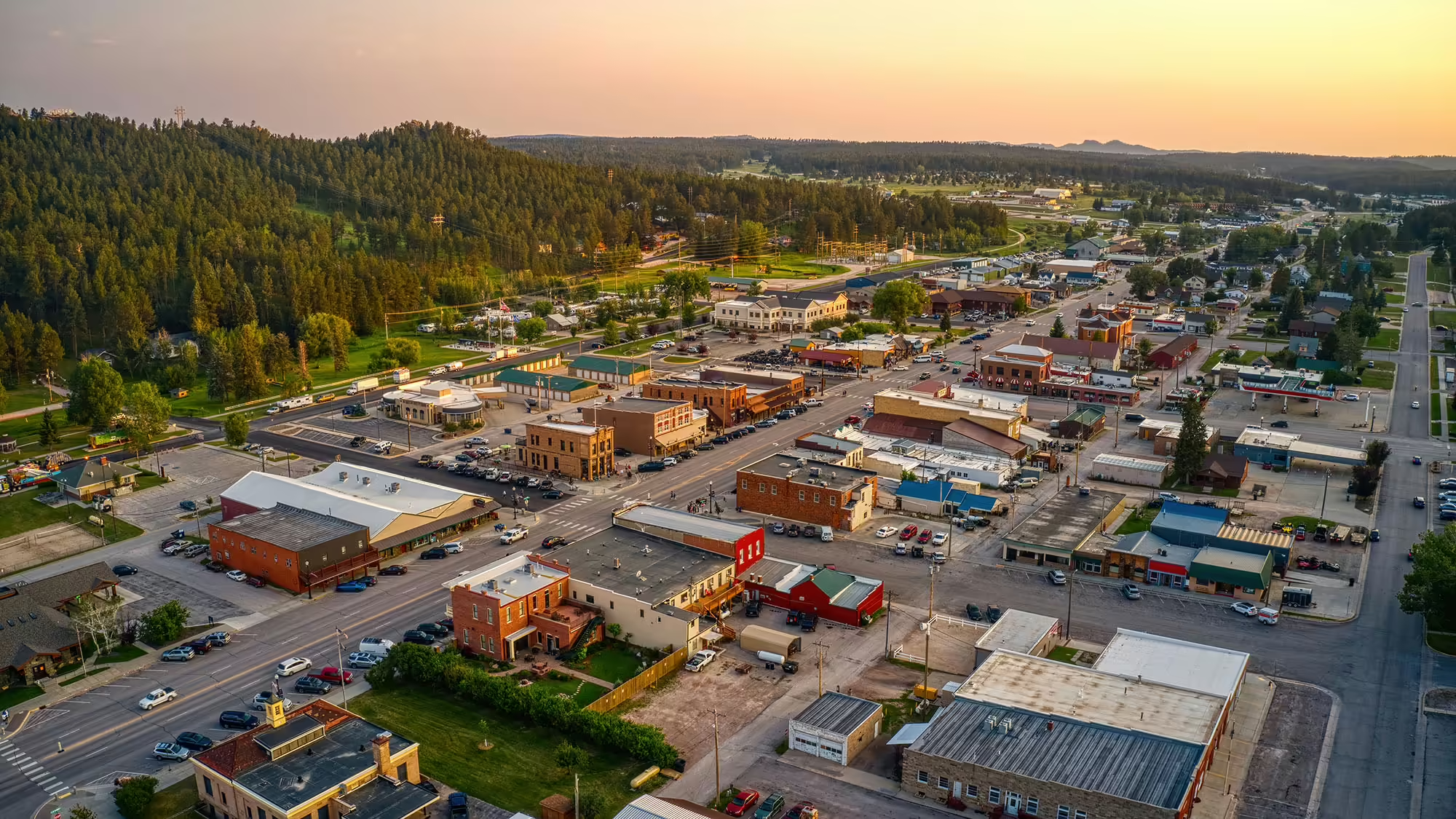
Reversing the legacy of rural disinvestment—and deliberately designing solutions for rural America—is a down payment on our shared future. Read more
-
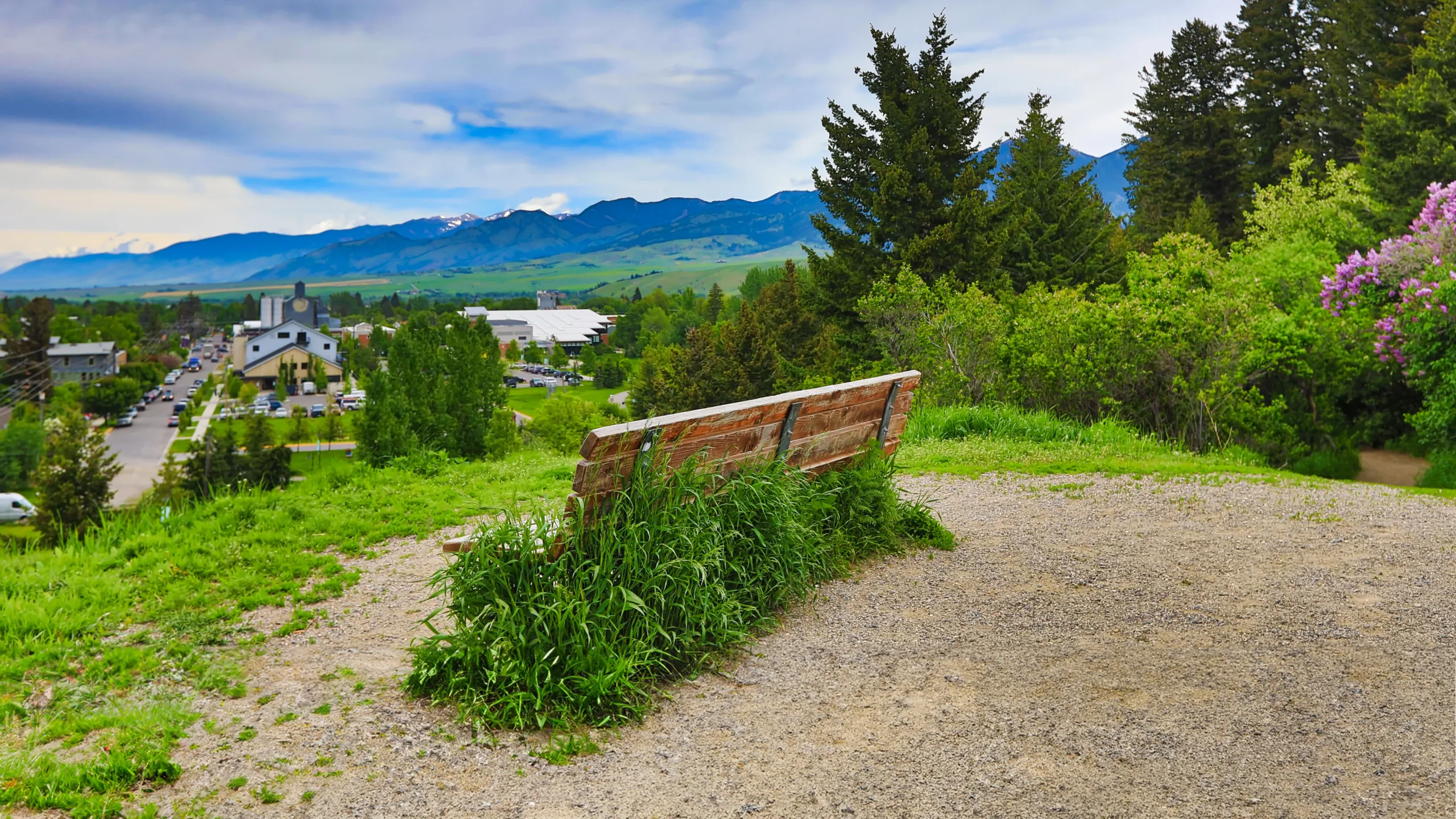
How we manage population centers is intertwined with our conservation of wild areas. The more we create equitable population centers in places people want to live, the more we can create durable, landscape-scale conservation outcomes outside of towns. Read more
-

For millions of Americans experiencing food insecurity with low incomes, low food access, and no car, putting healthy food on the table is a logistical nightmare. Read more
-
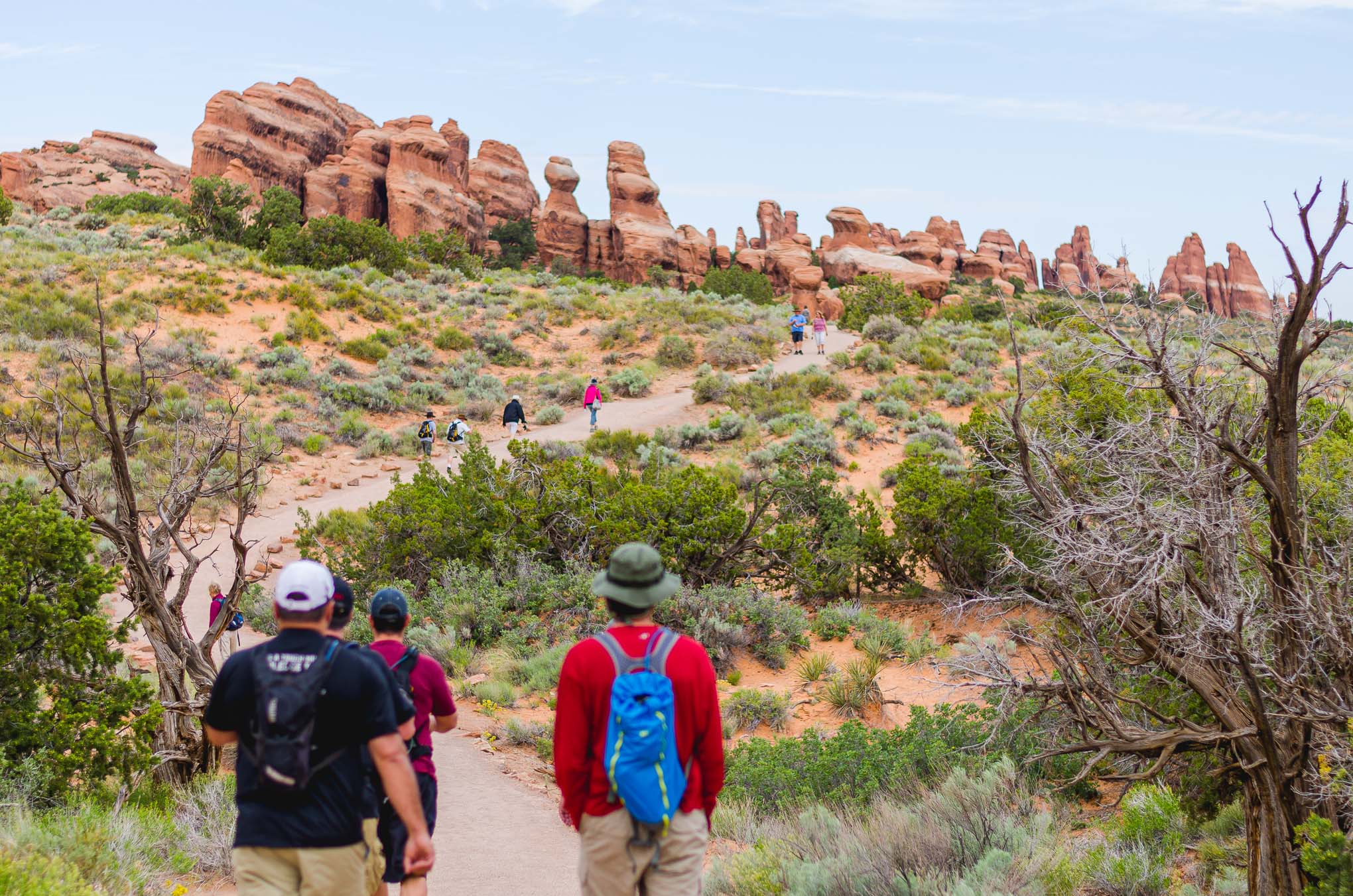
Where rural recreation counties rely on public funding for health care, fiscal solutions should diversify the ways local governments can save and spend. Read more
-
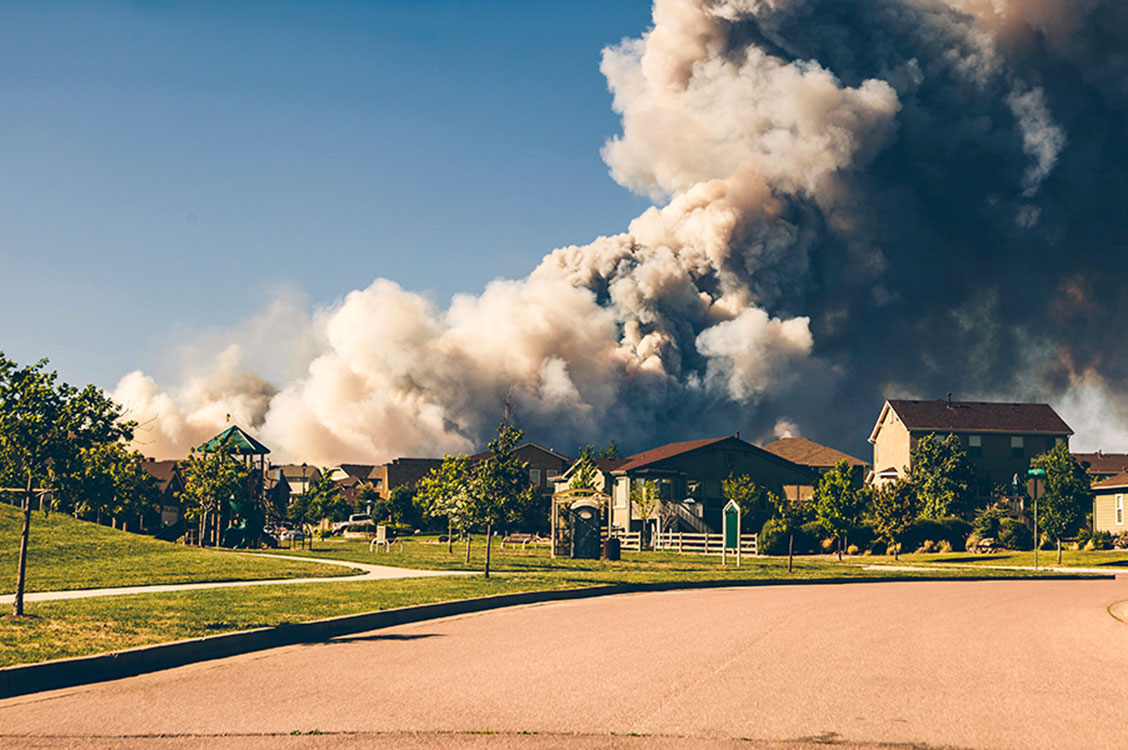
Managing wildfires during a pandemic will test the capacity of our first responders, but individual homeowners can take steps now to reduce wildfire risks. Read more
-
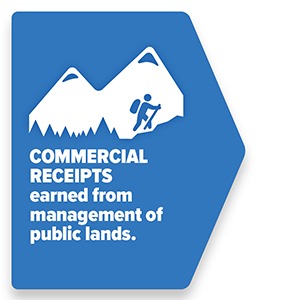
The bipartisan Forest Health for Rural Stability Act would establish a federal land endowment and resolve key challenges of federal land payments to counties. Read more
-

Analysis shows raising Payment in Lieu of Taxes (PILT) population limits for small-population counties would have increased total payments by $2 million in 2019. Read more
-

Rural and isolated communities face wrenching economic and demographic transitions. A solution to uncertainty is to focus on resilience. Read more
-

New fiscal and policy assessments help local leaders understand their exposure to declining revenue and policy barriers during a coal transition. Read more
-

Investing in outdoor recreation is one of several strategies that can help rural communities thrive in a changing economy. Read more
-
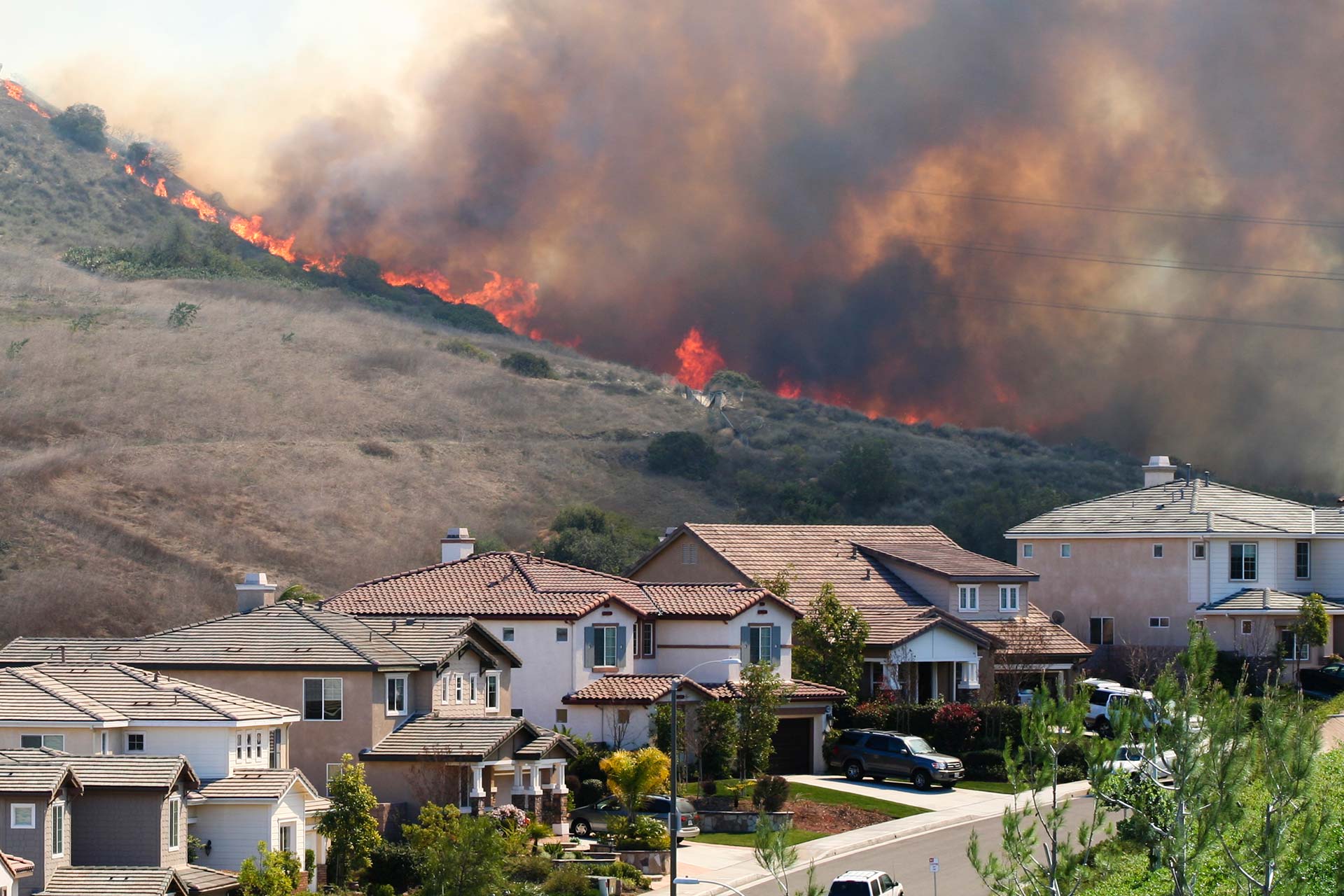
Updated: For communities land use planning is more effective than logging on federal lands to reduce future wildfire disasters. Read more
-

Partners in Colorado’s San Luis Valley are working to better understand the impacts of wildfire to communities, watersheds, and quality of life. Read more
-

Urban trail efforts increasingly are focusing on providing equitable access to trails. Trails and parks can create substantial benefits for public health, property values, and quality of life. Read more
-

Western counties are experiencing a wide disparity in youth migration. While some are attracting and keeping young adults and families, others are struggling. Read more
-

While national poverty rates dropped in the last year, the county-level picture is mixed. Read more
-

Hispanics account for roughly one in four westerners and one in six rural westerners. Read more
-

Lack of access to a vehicle, poverty, and disabilities, can make evacuation difficult or impossible for some households. Read more
-

A lack of land use planning amplified the devastation from Hurricane Harvey. Wildfire-prone communities should take note. Read more
-

National interactive map and charts show Medicaid-dependent counties and populations at risk. Read more
